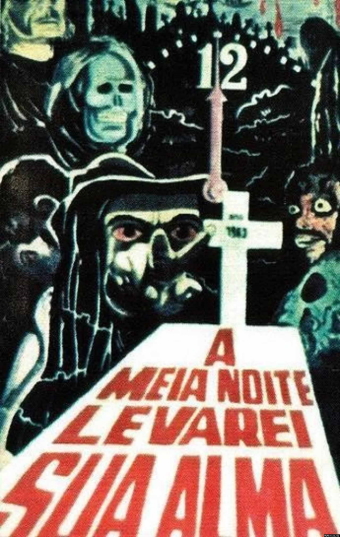 Brazilian director José Mojica Marins died earlier this year at the age of 83. He made low-budget films across a number of genres, with his horror work best known. His character Coffin Joe (Zé do Caixão), introduced in the 1963 film At Midnight I’ll Take Your Soul (A Meia Noite eu Levarei sua Alma) is a kind of national ghoul of Brazil. Fantasia decided to honour Marins by making three of his films available on-demand through the festival, and scheduling a talk about Marins with his friend Dennison Ramalho on the last day of the festival; you can watch the talk here. I, who had never heard of Marins before this year’s Fantasia, decided to remedy my ignorance by watching the three films they were hosting back-to-back-to-back: At Midnight I’ll Take Your Soul, 1968’s The Strange World of Coffin Joe (O Estranho Mundo de Zé do Caixão), and 1971’s The End of Man (Finis Hominis). They’re three very different movies, and together made a fascinating experience.
Brazilian director José Mojica Marins died earlier this year at the age of 83. He made low-budget films across a number of genres, with his horror work best known. His character Coffin Joe (Zé do Caixão), introduced in the 1963 film At Midnight I’ll Take Your Soul (A Meia Noite eu Levarei sua Alma) is a kind of national ghoul of Brazil. Fantasia decided to honour Marins by making three of his films available on-demand through the festival, and scheduling a talk about Marins with his friend Dennison Ramalho on the last day of the festival; you can watch the talk here. I, who had never heard of Marins before this year’s Fantasia, decided to remedy my ignorance by watching the three films they were hosting back-to-back-to-back: At Midnight I’ll Take Your Soul, 1968’s The Strange World of Coffin Joe (O Estranho Mundo de Zé do Caixão), and 1971’s The End of Man (Finis Hominis). They’re three very different movies, and together made a fascinating experience.
What I’ve since learned about Marins from various sources: he was born in 1936 in São Paulo, and grew up making amateur 8mm and 16mm films. He released fumetti (comics with photos for illustrations), founded his own film company at 18, and in 1958 put out his first completed feature, a Western. He self-financed At Midnight I’ll Take Your Soul, which was based on a nightmare he’d had. Unable to find an actor for the lead role, Marins played it himself; he was already a striking figure, with fingernails grown out several inches, and for the film he added a beard, top hat, black cape and suit. Joe was an undertaker who grew obsessed with having a perfect son by the perfect woman, a character who threw overboard all morality and received ideas of good and evil in pursuit of his will — an explicitly Nietzschean monster. Joe was instantly popular in Brazil, returning in sequels and hosting horror TV shows. Marins would go on to make films in other genres until 2008, though (so far as I can tell) he remained on the margins of the Brazilian industry.
At Midnight I’ll Take Your Soul is a black-and-white film in which we’re introduced to Joe, an undertaker in a small town, and follow him through a story of murder and rape in which he tries to father his ideal son. There is a fortuneteller who predicts a bad end, and a curse, a nasty bit with a spider, a climax in a graveyard at midnight. There’s an energy to the movie, and a definite fascination to Joe as a character — a monster in the gothic tradition, a human being who aspires to be something more than human.
The Strange World of Coffin Joe is an anthology film. The first segment, “The Dollmaker” (“O Fabricante de Bonecas”) gives us the story of an old dollmaker with three beautiful daughters; three youths plan to rape them, but their plans don’t work out as they expect. The second, “Obsession” (“Tara”), is a silent piece about a balloon seller who becomes obsessed with a beautiful woman; she is murdered, and he breaks into her tomb to violate her corpse. “Theory” (“Ideologia”) begins with an appearance on TV by controversial professor Oãxiac Odéz (played by Marins), who argues that humans are driven by instinct and not by intellect or by emotions such as love; this leads to a colleague and his wife, who disagree, being imprisoned and tortured.
…
Read More Read More
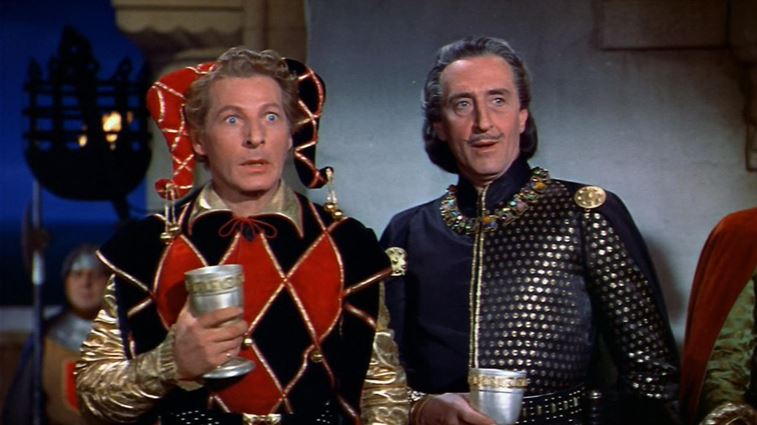

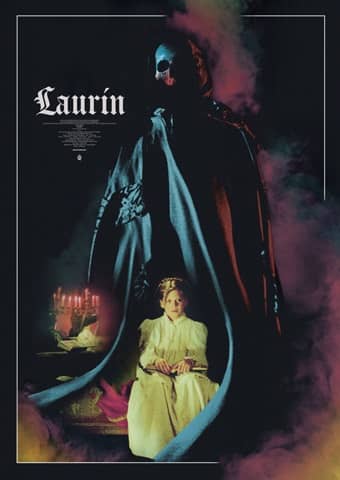
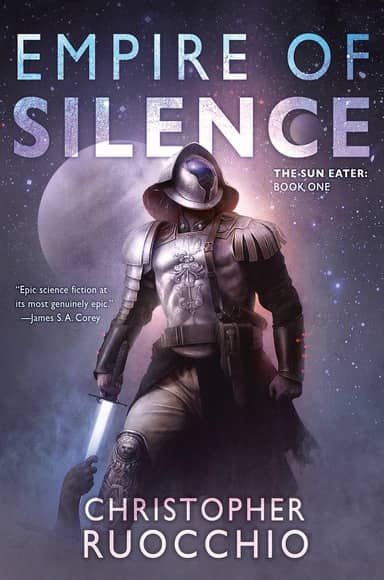
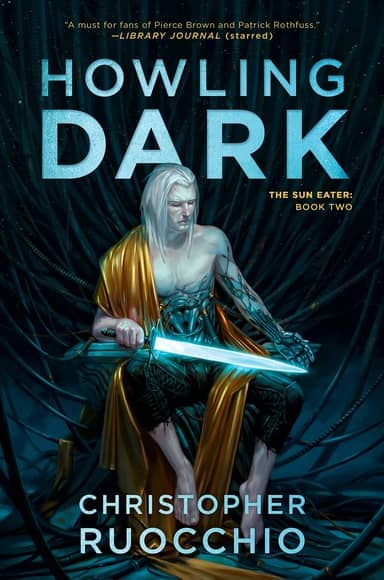
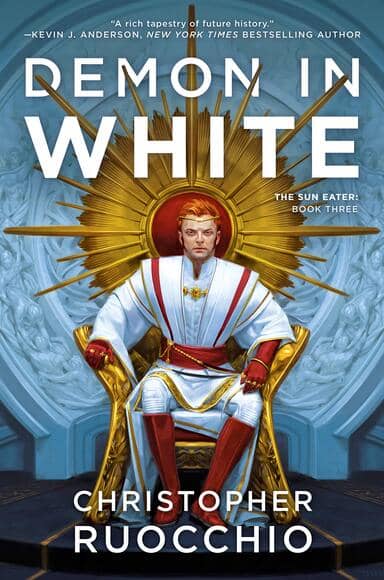
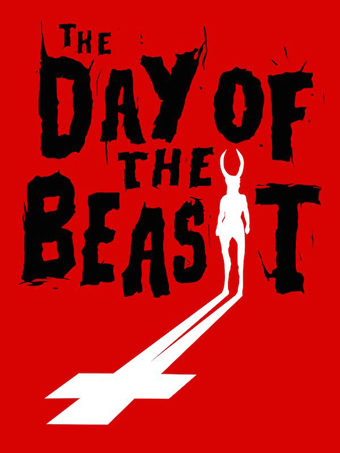 Yesterday I wrote about
Yesterday I wrote about 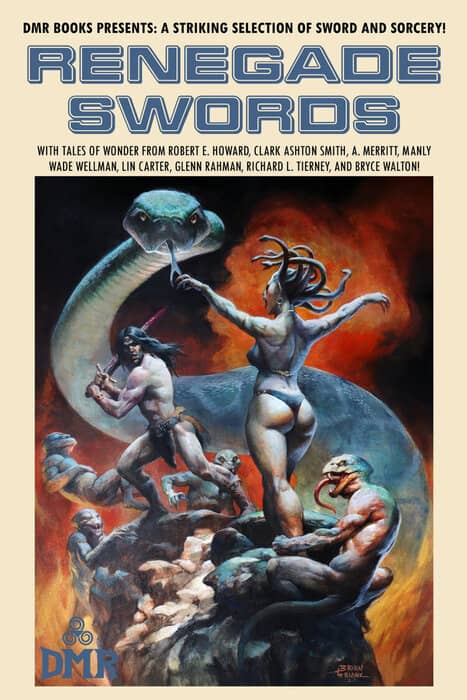
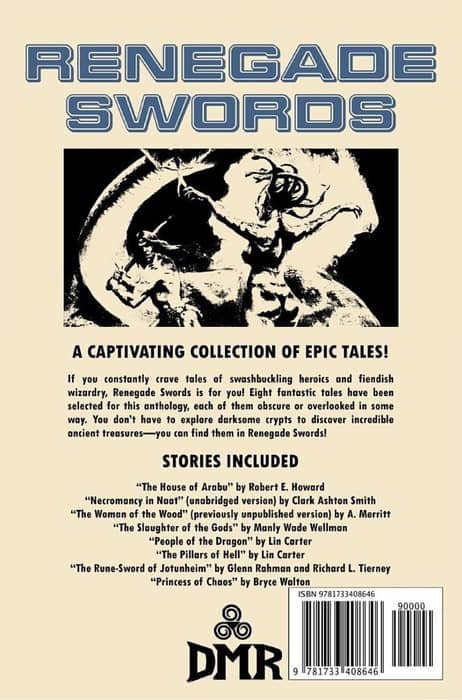

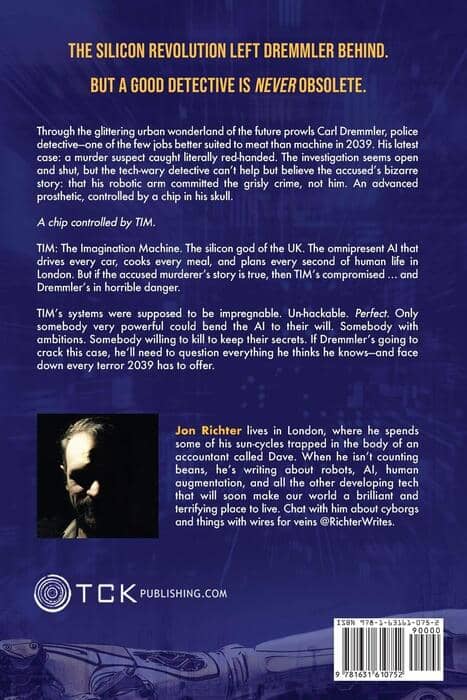
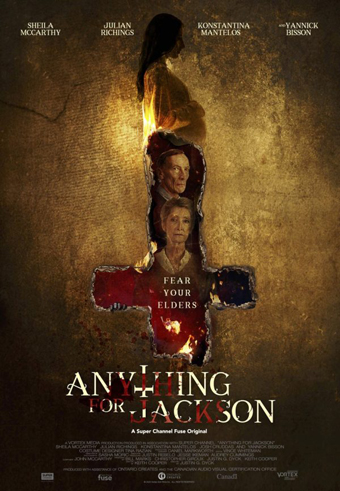 Macbeth is one of the earliest true horror stories, in the sense of a story whose main aim is to play with the emotion of fear, and there’s a notable comic-relief scene with a gatekeeper right after the first gruesome murder. That scene became the subject of a famous essay by Thomas de Quincey arguing (roughly) that the horror’s made greater by contrast. So from the point where horror first began to emerge as a genre, storytellers have been conscious of the effect that comes from balancing horror with the everyday, and even with the comedic.
Macbeth is one of the earliest true horror stories, in the sense of a story whose main aim is to play with the emotion of fear, and there’s a notable comic-relief scene with a gatekeeper right after the first gruesome murder. That scene became the subject of a famous essay by Thomas de Quincey arguing (roughly) that the horror’s made greater by contrast. So from the point where horror first began to emerge as a genre, storytellers have been conscious of the effect that comes from balancing horror with the everyday, and even with the comedic.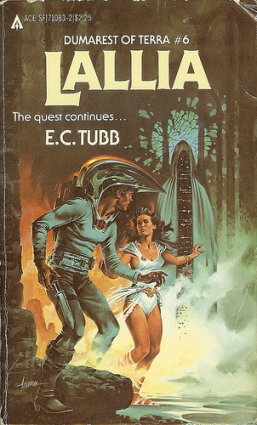
 Brazilian director José Mojica Marins died earlier this year at the age of 83. He made low-budget films across a number of genres, with his horror work best known. His character Coffin Joe (Zé do Caixão), introduced in the 1963 film At Midnight I’ll Take Your Soul (A Meia Noite eu Levarei sua Alma) is a kind of national ghoul of Brazil. Fantasia decided to honour Marins by making three of his films available on-demand through the festival, and scheduling a talk about Marins with his friend Dennison Ramalho on the last day of the festival;
Brazilian director José Mojica Marins died earlier this year at the age of 83. He made low-budget films across a number of genres, with his horror work best known. His character Coffin Joe (Zé do Caixão), introduced in the 1963 film At Midnight I’ll Take Your Soul (A Meia Noite eu Levarei sua Alma) is a kind of national ghoul of Brazil. Fantasia decided to honour Marins by making three of his films available on-demand through the festival, and scheduling a talk about Marins with his friend Dennison Ramalho on the last day of the festival;